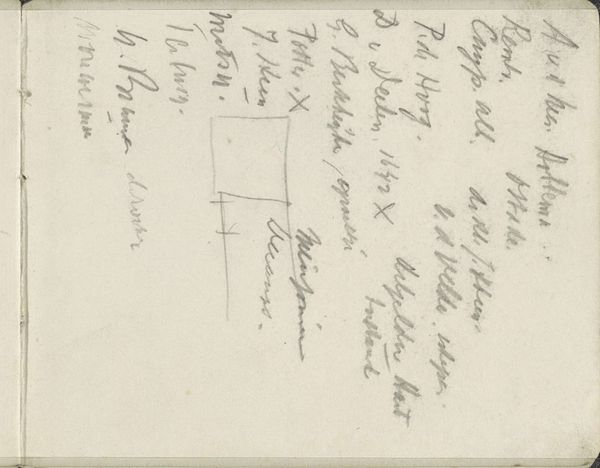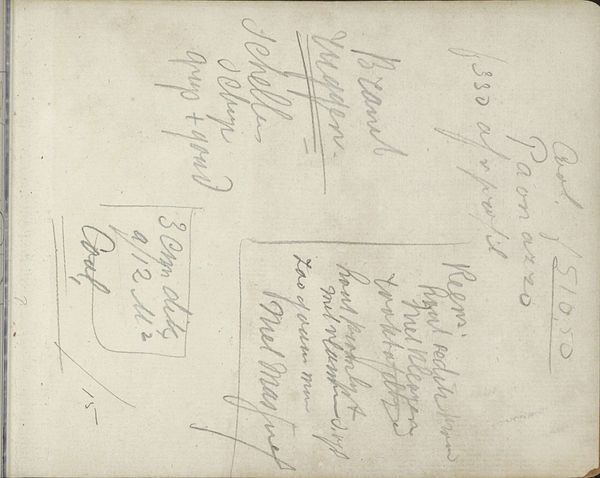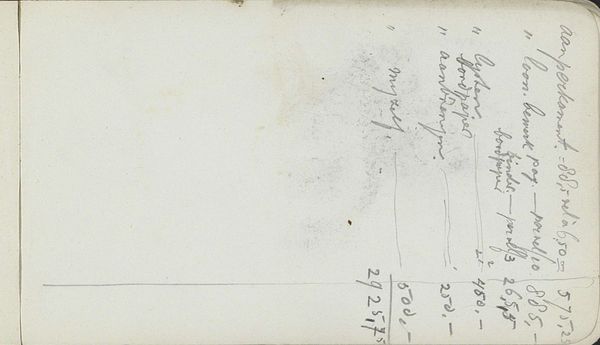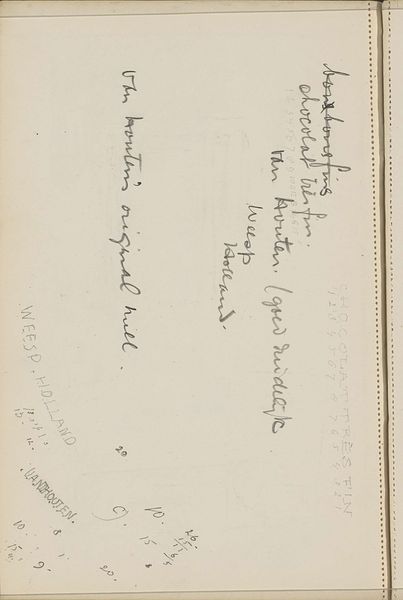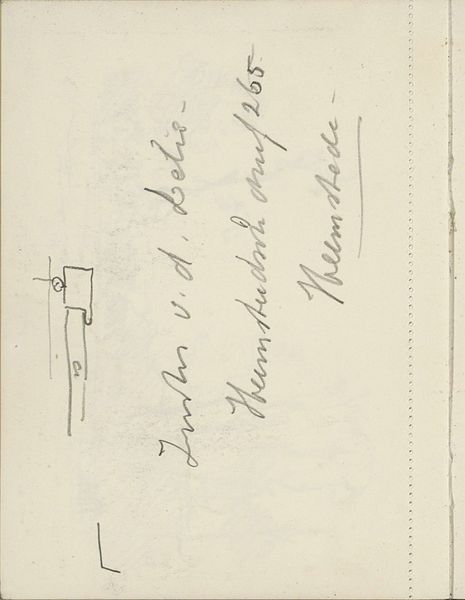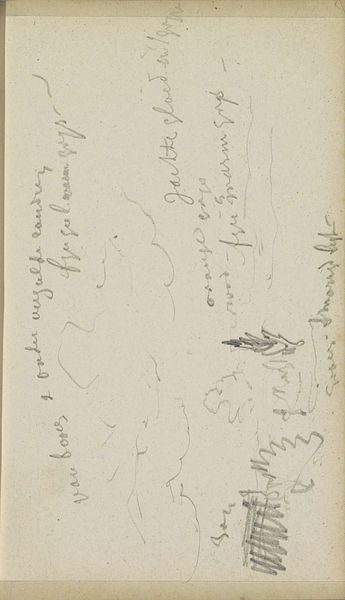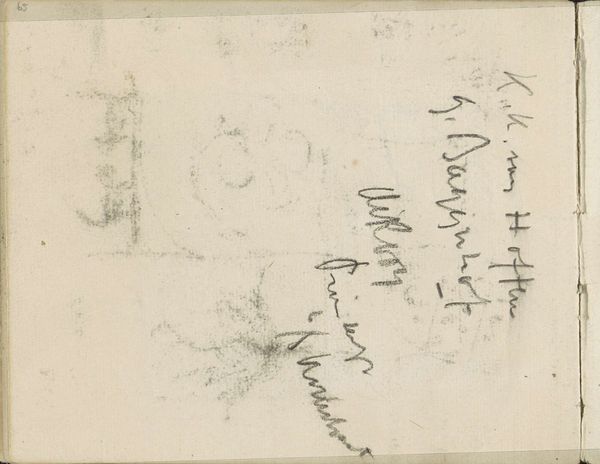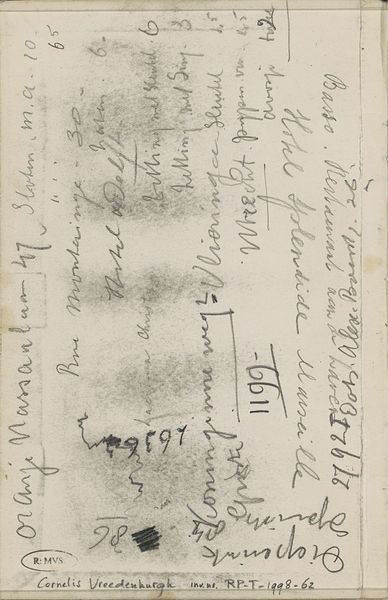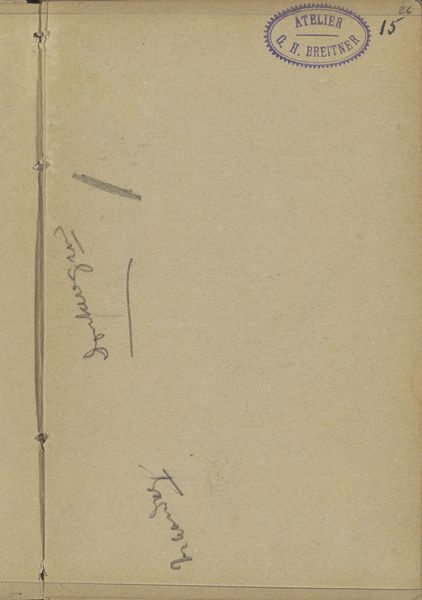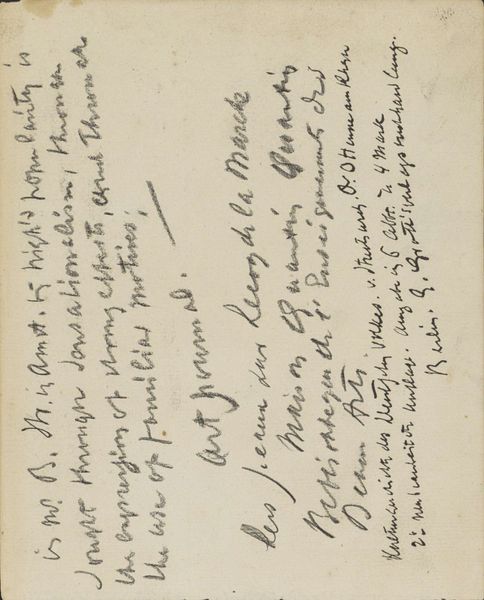
drawing, paper, ink, architecture
#
drawing
#
paper
#
ink
#
geometric
#
modernism
#
architecture
Copyright: Rijks Museum: Open Domain
Curator: Here in the Rijksmuseum, we're looking at "Architectuurontwerp," an architectural drawing by Carel Adolph Lion Cachet, created around 1928. It’s ink on paper. Editor: It strikes me as so stark! Just these thin, precise lines…almost feels more like a diagram than art, doesn't it? Curator: Precisely. That stripped-down aesthetic aligns directly with the modernist movement Cachet embraced. Consider the elimination of ornamentation and the prioritization of geometric forms. Editor: But what sort of societal impact might this style of architecture had back then? The clean lines might have seemed unsettling, almost sterile, compared to what came before. Curator: You're right, there was definitely a cultural shift. Modernism reflected a desire to break from tradition. After the devastation of the First World War, this embrace of the new in architecture became emblematic of rebuilding and societal restructuring. Editor: Looking at it, I wonder what kind of building he envisioned. Those stark vertical lines juxtaposed with seemingly random handwritten notes give it a cryptic feel. Almost like peering into the artist’s thought process. Curator: Well, this speaks to the functional and somewhat pragmatic element present within this study. The materiality of the drawing itself, ink meticulously applied to paper, serves as a tangible representation of rational thought being given physical form. It underscores modernism's emphasis on rationality and order, visually presenting the blueprints for progress, as it were. Editor: I see it now! Beyond the individual building, this style was about broader transformation—how structures shape not only space but the lives within them. Did Cachet engage with public commissions to enact these design ideals? Curator: Although known more as a decorative artist, Cachet explored a fascination with form and structure through similar architectural drafts. Here, the intersection of line and plane reflects the era's hopes, and maybe its anxieties about a changing world. Editor: Thinking about the work, it’s a potent reminder of how architecture encapsulates broader narratives of innovation and progress. Curator: Agreed. It truly exemplifies how looking closely at even a simple drawing reveals entire cultural movements embedded within form and line.
Comments
No comments
Be the first to comment and join the conversation on the ultimate creative platform.
